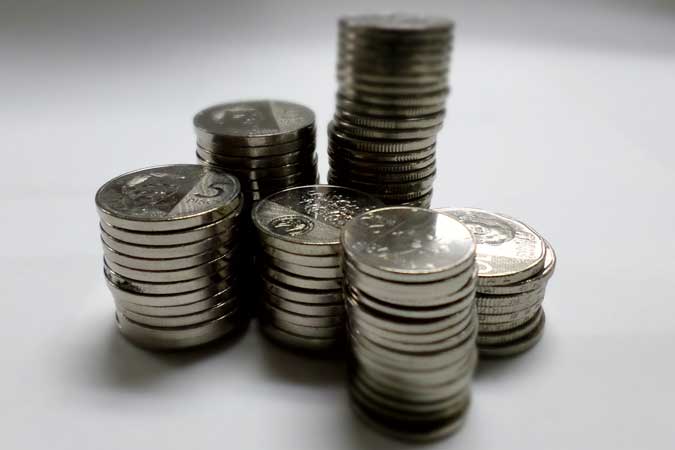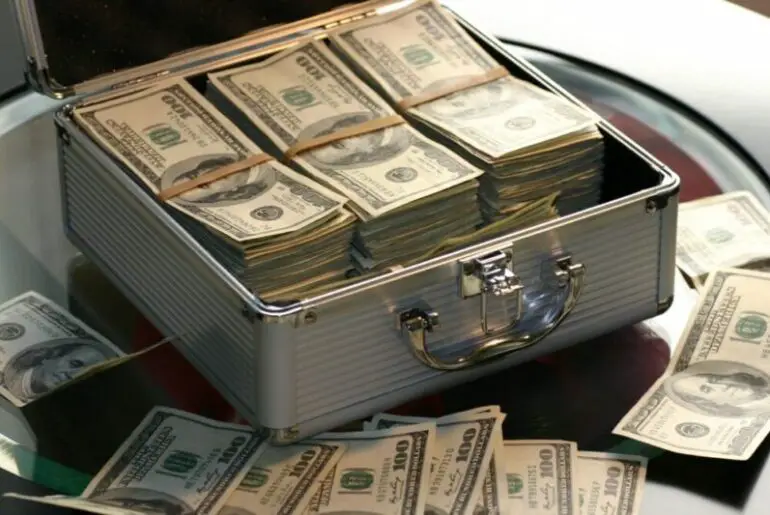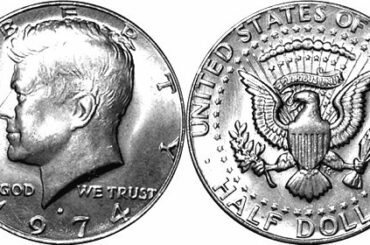Information presented on this web page is intended for informational and educational purposes only and is not meant to be taken as legal, financial, investment or tax advice. We do not accept any responsibility for any trading or investment related losses. Please review our disclaimer on before taking action based upon anything you read or see.
Where do banks put their money? This is an excellent question worth asking today. At some point in our lives, we’ve all saved money with a bank. Alternatively, you might borrow money for a new mortgage. Have you given any attention to what banks do with your money once you’ve deposited them in your bank account?
Have you ever wondered where your house loan cash came from? Understanding how a bank handles your money is important if you want to keep track of your finances — it’s more complex than you might think!
It has a knock-on effect on everything your bank offers, from credit cards to overdrafts, and it doesn’t only affect your current account. It also implies that, even if your account is ‘free,’ you should be wary of any costs that they may impose.
Banks can only give free accounts because they gain money elsewhere, such as from investments. So, if you’re having financial difficulties frequently, you’re covering for other people’s accounts as well as your own! As a result, we’ve created this post to inform you about where banks keep their cash. Come along!
Read More: How to Get Money from a Closed Bank Account
Where do Banks Put their Money?
Numbers on a computer monitor or rectangular piles of printed paper in a vault might signify money in the bank. People have been depositing money in banks for ages for the same reason: security.
Banks are very guarded and, in the current period, extensively insured, despite being apparent targets for criminals. Banks will even give you a small interest for the opportunity of storing your cash. This is in addition to all that peace of mind. The vast majority of money in banks is set aside in reserves.
What are Bank Reserves?
/bank-vault-56a634975f9b58b7d0e0673d.jpg)
The cash thresholds that financial firms must have on hand to fulfill central bank requirements are bank reserves. These are real banknotes that the bank must keep on-site in a vault or an account with the central bank.
The purpose of cash reserve regulations is to ensure that any bank can meet any big and unexpected withdrawal request.
In the United States, the Federal Reserve sets the minimum amount of cash that each bank must hold, known as the reserve ratio. The reserve rate has historically ranged from 0% to 10% of cash deposits. Bank reserves are also the bare minimums of cash that banks must have on hand in unforeseen demand.
Excess reserves are the funds that a bank holds on hand but does not lend out. Bank reserves are preserved to avoid panic among clients who discover that a bank doesn’t have enough cash on hand to meet their urgent needs.
The bank reserves might be stored on-site in a vault or transferred to a larger branch or a regional Federal Reserve Bank.
Bank Reserves: Required and Excess.

Required reserves and surplus reserves are two types of bank reserves. The required reserve is the amount of cash that the bank must keep on hand at all times. Any cash over the necessary minimum that the bank keeps in its vault instead of lending to firms and customers is called the excess reserve.
Banks have little motivation to maintain surplus reserves because cash yields no interest and may lose long-term value due to inflation. As a result, banks usually try to keep their excess reserves to a minimum by lending them money to customers rather than keeping it in their vaults. Despite this, bank reserves fall during times of economic boom and rise during periods of recession.
Consumers and businesses borrow and spend more in good times. They can’t or won’t take on more debt during a recession. To avoid defaults, banks may tighten their lending conditions during periods of low demand.
Where do banks put their money: Other Alternatives?
/GettyImages-818792802_1800-0f287898eca245b2a31072157f0077e4.png)
Between savers and borrowers, financial institutions serve as a vital link. Banks can profit while supporting economic progression by taking deposits and investing that money in income-generating investments. Their profitability is determined by how they invest their funds.
Furthermore, you are effectively lending money to your bank when you deposit funds with them, which is why you get interested in the amount in your checking account or fixed deposits. Banks put those funds in various places. These include:
Check this guide on What Happens If I Deposit a Bad Check into My Account.
Investing bank deposits
There are nearly 6,000 commercial banks, savings and loan associations, and savings banks in the United States that accept deposits and invest them according to federal and state regulations.
Financial firms are required to hold stockpiles of up to 10% of their deposit accounts, with the exact proportion varying depending on the savings type. The money left over may be put into mortgage loans, business and consumer loans, and treasury securities.
This is in conjunction with the profitability determined by the differential between the company’s investment gains and the interest it pays deposits. The composition of these commodities fluctuates depending on the status of the industry.
Home equity loans
Real estate accounts form a major portion of a bank’s lending portfolio. Long-term loans on the property, such as housing, farming, and enterprises, and a line of credit home equity loans and short-term construction loans, are all created by banks.
If interest rates rise, fixed-rate mortgages are at risk. Interest on deposits usually grows in a rising rate environment, narrowing the disparity between loan and deposit rates.
Banks mitigate this risk by offering variable-rate mortgages or selling their mortgage portfolio to government-sponsored entities such as the National Mortgage Association. This results in mortgage-backed securities. The bank then continues to profit from the loans it has sold by servicing them.
Business and personal loans
Business loans are a valuable source of revenue. Banks can easily track the activities and creditworthiness of businesses because they are typically deposits. For short-term financial needs, business loans come in a fixed sum or a line of credit.
Consumer loans generate significant revenue for banks, as customers borrow for several reasons, including automobiles, furnishings, big appliances, and other items. Issuing credit cards is one of the most profitable methods for banks to invest their assets. The spread is wide, and the profit margin is significant because rates are normally well above what the bank pays for deposits.
Public sector bonds
A bank can invest in local, state, and federal government assets while looking for safety. Government securities from the United States provide the highest level of security.
Treasury bills are short-term instruments with a one-year or shorter maturity at the time of issuance. When issued, treasury notes have a one- to ten-year maturity, and treasury bonds have a 40-year initial maturity date.
Because U.S. debt is considered unusually safe, banks issue fewer loans and invest their financial assets in government securities during times of economic turmoil. Bank lending declined by $220 billion in the two years following the financial crisis of 2008, but purchases of U.S. government securities increased by $337 billion.
Mutual Funds
Mutual funds are an example of a bank investing in stocks differently. A mutual fund is an investment instrument offered by a bank that receives money from investors and uses it to acquire stocks, bonds, and other assets.
The securities are pooled, and a bank-employed fund manager determines when to sell and acquire securities. Although the bank invests in stocks, it only does so with funds from individuals aware of the dangers. The bank’s bottom line is unaffected by losses in its mutual fund.
Frequently Asked Questions
Where do banks put their money?
Customers provide monies to banks, which allow them to operate. However, what do they do with all of the money they get as deposits? They put them in a variety of areas, including:
- Reserves in banks
- Investing in savings accounts
- Loans for real estate
- Consumer and commercial loans
- Mutual Funds (M.F.s)
How do banks determine their profitability?
The return on assets (ROA) is a metric used to assess a bank’s profitability. In this research, the price is calculated using a ratio of total revenue to total loans.
What happens to bank reserves?
Some of it is kept in the bank’s vault. Reserves can also be stored in a bank’s account with one of the Federal Reserve Banks’ regional offices. Some small banks store a portion of their reserves at larger banks and use them when necessary.
This currency flow between vaults peaks at particular times of the year, such as around the holidays when people withdraw extra cash. Banks send part of their excess cash to the nearest Federal Reserve Bank once demand has subsided.
Is it worthwhile to deposit your funds with a bank?
Yes. Banks, as previously said, provide security for your money. As a result, putting your money in the bank is a good idea.
What are my options for storing big sums of money?
Some places where you can keep large amounts of money include:
- Checking accounts.
- A savings account with a high rate of return.
- A money market account.
- A deposit certificate (CD)
- Personal retirement account
- A retirement account sponsored by your employer.
- Other types of investments
Conclusion
In conclusion, banks come with diverse merits. And if you desire to know where banks put their money, the highlight above will aid you immensely.






